by Celeste Lipford and Terry Lipford - last updated on 10/1/2025
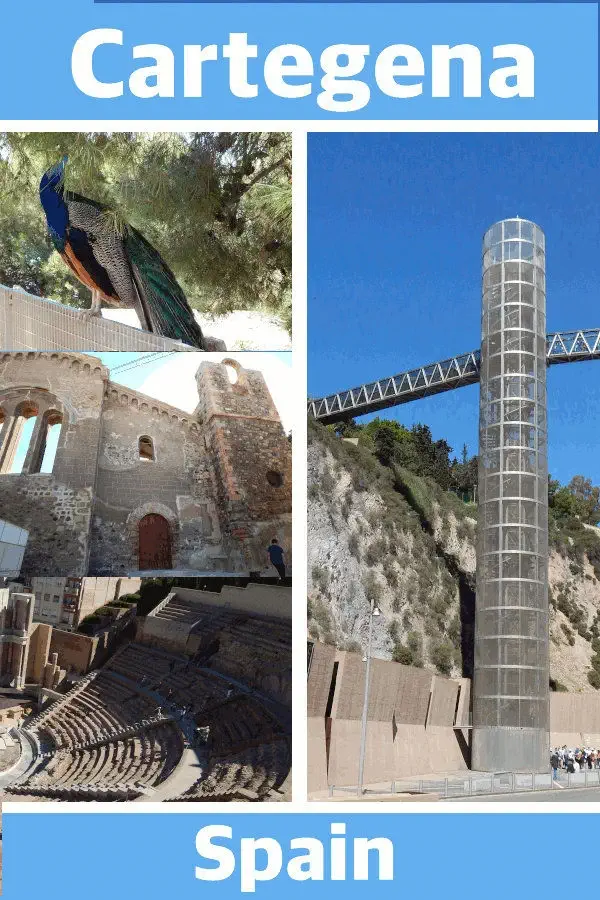 We were onboard the Norwegian Cruise Lines 'Epic' on a
repositioning cruise from Port Canaveral, FL to Barcelona with various stops along the way - the fifth stop
being Cartagena.
We were onboard the Norwegian Cruise Lines 'Epic' on a
repositioning cruise from Port Canaveral, FL to Barcelona with various stops along the way - the fifth stop
being Cartagena.
Cartagena is 4,796.5 sea miles from Port Canaveral and 199 sea miles from Malaga. It is a
major naval station located in the Region of Murcia, by the Mediterranean coast, south-eastern Spain. As of January 2018, it has a population
of 213,943 inhabitants, being the Region’s second-largest municipality and the country’s sixth-largest non-Province-capital city. The metropolitan
area of Cartagena, known as Campo de Cartagena, has a population of 409,586 inhabitants.
The Norwegian Epic had been in Malaga, Spain during our previous stop and even though the distance to Cartagena was approximately 390 kilometers, cruise ships generally do this hop as an overnight run. So our arrival in Cartagena was early morning, and since neither of us had ever been to Cartagena, we were looking forward to explorinig the city.
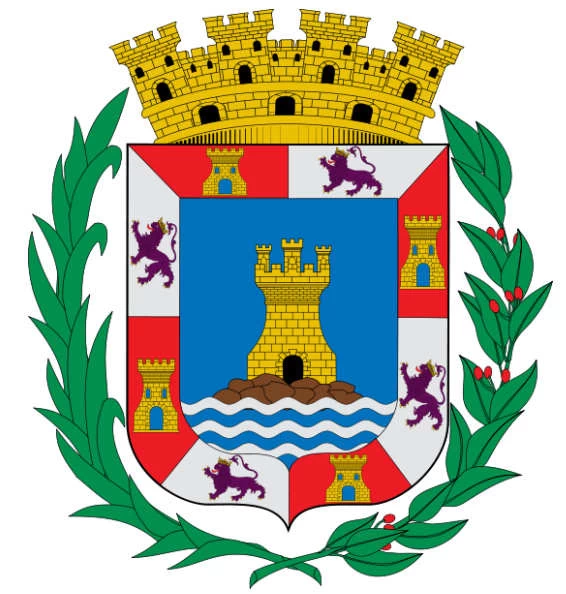
Quick Cartagena History Lesson: Cartagena has been inhabited for over two millennia, being founded around 227 BC by the Carthaginian Hasdrubal the Fair as Qart Hadasht (Phoenician, meaning 'New Town'), the same name as the original city of Carthage. The city had its heyday during the Roman Empire, when it was known as Carthago Nova (the New Carthage) and Carthago Spartaria, capital of the province of Carthaginensis. It was one of the important cities during the Umayyad invasion of Hispania, under its Arabic name of Qartayannat al-Halfa.
Much of the historical weight of Cartagena in the past goes to its coveted defensive port, one of the most important in the western Mediterranean. Cartagena has been the capital of the Spanish Navy's Maritime Department of the Mediterranean since the arrival of the Spanish Bourbons in the 18th century. As far back as the 16th century it was one of the most important naval ports in Spain, together with Ferrol in the North. It is still an important naval seaport, the main military haven of Spain, and is home to a large naval shipyard.
The confluence of civilizations as well as its strategic harbour, together with the rise of the local mining industry is manifested by a unique artistic heritage, with a number of landmarks such as the Roman Theatre, the second largest of the Iberian Peninsula after the one in Mérida, an abundance of Phoenician, Roman, Byzantine and Moorish remains, and a plethora of Art Nouveau buildings, a result of the bourgeoisie from the early 20th century. Cartagena is now established as a major cruise ship destination in the Mediterranean and an emerging cultural focus.
Cartagena is a port city on Spain's southeast Mediterranean coast, in the province & autonomous community of Murcia, southeastern Spain. It is the site of Spain’s chief Mediterranean naval base. It is 527 kilometers northeast of Gibraltar and 626 kilometers south of Barcelona. The current population is 213,943, so it is not a small town.
Click the map link (above) to see a Google Map of the area.
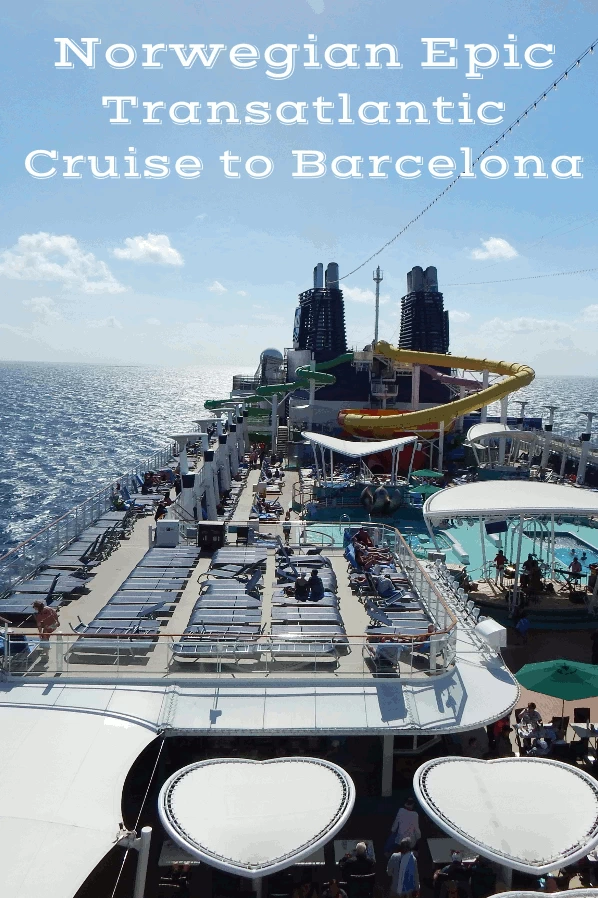
Cartagena, Spain, is a city steeped in history, culture, and maritime significance. Located on the southeastern coast of Spain in the Murcia region, it has been an important naval and trade hub for over two millennia. Here are ten of the most interesting facts about Cartagena:
Cartagena, Spain, offers a delightful mix of history, beaches, and culture, making it a fun destination for many interests. Here's how to have a fantastic time in this charming city:
This was day 14 of our transatlantic cruise on the Norwegian Cruise Lines Epic. The ship arrived in Cartagena harbor at 9AM, and as neither of us had ever been here - and - there was a major Roman Amphitheater ruin here, we were eager to go ashore and explore. Because of the relatively short stay here (passengers must be back aboard by 5:30PM) we made haste to go ashore as soon as possible.
Once the Epic was in position at it's pier and the passengers were allowed to go ashore, we set out for the Roman Theater.
Because the Cruise Dock is so close to the city, it was only a 700 meter walk to the Roman Theater entrance, and the street performers were already out & performing. Once we arrived at the entrance, we found that the line to get in was quite long, and we decided to walk around to the area above and to the rear of the Roman Theater.
The climb to the viewpoint above the Teatro Romano de Cartagena was quite steep, requiring a bit of effort, but the reward at the top was absolutely worth it. As we reached the elevated area, we were greeted by a breathtaking panoramic view of the ancient Roman theater below, the surrounding city, and the shimmering blue waters of the harbor beyond. From this vantage point, the layout of the historic center of Cartagena became even more apparent, with its blend of ancient ruins and modern urban life coexisting in a unique and fascinating way.
The Teatro Romano, dating back to the 1st century BC, is remarkably well-preserved. Despite its age of over 2,000 years, it retains an almost intact grandeur, making it easy to imagine the days when it was filled with spectators gathered to watch performances. The semicircular seating area, carved into the hillside, and the partially restored stage evoke a sense of history so vivid that it almost feels as though the theater could still be used today for performances. The restoration work has been done with great care, preserving the original materials while subtly integrating modern elements to enhance its structural integrity.
As we took in the view and admired the historical significance of the site, a small and unexpected encounter made the experience even more memorable. Resting on a retaining wall nearby, a tiny kitten lounged lazily in the sun, stretching out and watching the visitors with curiosity. As I approached, the kitten greeted me in a friendly and relaxed manner, rubbing its head against my hand as I offered a gentle scratch behind its ears. I wished I had brought something for it to snack on, but with nothing to offer, I simply enjoyed the brief moment of connection before we continued our explorations.
As we reached the far side of the Roman Theater of Cartagena, we noticed another steep pathway leading even higher up the hillside, towards the Castillo de la Concepción. Perched atop one of the city's famous five hills, this medieval fortress overlooks both the ancient ruins below and the picturesque harbor beyond. Intrigued by the promise of an even grander view, we decided to make the climb.
The trail to the castle was just as steep as the one leading to the theater, but with each step, the city unfolded beneath us, revealing an incredible mosaic of history and modern life. Upon reaching the top, we were rewarded with breathtaking panoramic views—the Roman Theater, the winding streets of Cartagena’s old town, and the vast blue expanse of the Mediterranean stretching to the horizon.
As we explored the castle grounds, we quickly discovered that we were not alone. Several peacocks roamed freely, their vibrant plumage shimmering in the sunlight. Every so often, they would let out their unmistakable, piercing squawks—an eerie yet oddly fitting soundtrack to the ancient setting. Their majestic presence added a surreal quality to the experience, as if we had stepped back in time to an era when castles were bustling with life.
The castle’s exterior and grounds can be explored freely, allowing visitors to wander along its ancient stone walls and admire the city from its highest vantage points. However, to step inside the castle itself, a small admission fee was required. It was a modest price to pay for the chance to delve deeper into its fascinating history, so we eagerly purchased our tickets.
Inside, the castle has been transformed into a medieval museum, offering a glimpse into Cartagena’s past through well-curated exhibits and artifacts. Informational panels detailed the castle’s strategic significance, explaining how it had served as a defensive stronghold since the 13th century, guarding the city against invasions. Restored chambers and interactive displays brought the medieval period to life, making it easy to imagine knights, soldiers, and rulers moving through these same stone corridors centuries ago.
Our visit to Castillo de la Concepción was a memorable experience—not just for its stunning views and rich history, but also for the unexpected encounters with Cartagena’s loud but beautiful feathered residents. The combination of ancient ruins, medieval architecture, and lively wildlife made this a truly unique stop on our journey through this fascinating city.
We decided to exit the Cartagena Castillo via a different route than the one we had taken to get there, mainly because we already knew the path we had previously climbed was quite steep and challenging. As we made our way down the hill toward the city, we were surprised to discover a large, modern elevator structure — a quick and convenient way to bypass the steep incline and reach the lower streets in no time.
The Panoramic Lift (Elevador Panorámico) is a well-known feature in Cartagena, designed to provide easy access between the historic castle area and the city below. The elevator offers stunning views of the cityscape and harbor as it descends, making it both a practical and scenic way to travel. Unfortunately, we only noticed it once we were nearly at the bottom of the hill, having already taken the long route down on foot!
In hindsight, the elevator would have been a fantastic option, especially after exploring the sprawling grounds of Castillo de la Concepción. But, as it often goes with travel, the journey itself became part of the adventure. Our walk down the hill rewarded us with unexpected views of the city and harbor, and we enjoyed the peaceful descent through the shaded pathways and historic surroundings.
With no specific place in mind, we decided to explore the city and see what we could find. Since the weather was so nice, and the city so walk-able, we enjoyed walking and exploring areas of the city. We wound up in the Plaza de San Francisco area, which is a nice park surrounded by shops of various types.
The Plaza de San Francisco in Cartagena, Spain, is a charming, centrally located square with a rich history. It was originally part of the Convento de San Francisco, which was demolished in the 19th century after Spain’s desamortización (land reforms). The square itself was designed by architect Carlos Mancha in 1844 and later modified by Tomás Rico. Today, it is a popular gathering place featuring a relaxed atmosphere with cafes and greenery, offering both locals and visitors a peaceful space in the heart of Cartagena.
That very large tree in the plaza is a Moreton Bay Fig and was planted there in 1826.
Click here to view a Google Images set for the Plaza de San Francisco.
After we had explored as much ground as we could cover, and because the ship was scheduled to depart at 5:30PM, we decided to head back to the cruise port area.
The plaza was approximately 1.2 kilometers from the cruise port, and the walk took us past the Castillo de la Concepción and the Parque Torres - a pleasant walk.
The area that we walked through back to the Cruise Port was very well maintained and there were a number of beautiful buildings along the Paseo Alfonso XII. There are several large museums along the Paseo, including; the National Museum of Underwater Archaeology and The Batel Auditorium and Convention Center.
The city center is compact and very walkable. For longer distances, taxis are available at the cruise port, and some drivers offer sightseeing tours.
Cartagena has a typical Mediterranean climate with warm, dry summers and mild winters. The hottest months are June through September.
Cruise ships dock directly at the pier, and the Old Town is just a short taxi ride or a longer walk away.
Many visitors enjoy the cafes and tapas bars on Calle Mayor and in Plaza San Sebastián, away from the most touristy squares. Be sure to try the local specialties, like the traditional café asiático.
Yes, it is quite wheelchair-friendly, especially in its central areas, and the city has won awards for its commitment to accessible tourism. The flat terrain in the city center and efforts to improve accessibility at major attractions make it a good destination for visitors with mobility issues.
Some sites outside the city center, like the fortress of Castillo de San Felipe, are located on hills and may be challenging to access for those with limited mobility.
The main street, Plaza San Sebastián, has many shops and cafes. Souvenirs can be found in the old town.
Arroz caldero: A staple of the Mar Menor and Cartagena, this traditional rice dish is cooked in a cast-iron pot (a caldero) with different types of fish and a local garlic and pepper sauce.
Zarangollo: A classic Murcian scrambled egg dish made with zucchini, onion, and potato.
Pulpo a la cartagenera: This regional take on octopus may be prepared baked or in other styles, and is a common dish served in local restaurants.
Pescaito frito: As a port city, fresh seafood is abundant. You can find many kinds of small, deep-fried fish served as tapas.
Ensalada murciana: A traditional salad from the region made with canned tomatoes, onions, black olives, and hard-boiled eggs.
Michirones: A hearty fava bean stew with ham, chorizo, and spices.
Empanadillas: These are small, savory pastries, often filled with fish (tuna or cod) or meat and served as a snack or tapa.
Salazones: The region is known for its salted fish, such as tuna and mackerel. This tradition dates back to Roman times.
Paparajotes: A dessert unique to the Murcia region, these are lemon leaves coated in a sweet batter, deep-fried, and dusted with cinnamon. The leaf itself is not eaten.
There is at least one known microbrewery in Cartagena: La Fábrica. It is a gastro bar and microbrewery located at Calle Ángel Bruna, 50. Visitors can tour the brewery and try a variety of their craft beers, such as IPAs and chocolate porters.
However, you can find Region of Murcia specialties like Punta Este and Verna in Cartagena, both from the Murcia region's malthouse and brewery, and popular Spanish beers such as Estrella Damm, Estrella Galicia, and Cruzcampo are widely available, with Estrella Galicia being particularly popular for its refreshing taste.
Punta Este: An elegant ale made with barley and malt from Murcia.
Verna: A refreshing shandy (beer mixed with lemon soda) made with lemons from the River Segura.
Estrella Damm: A Mediterranean beer brewed with barley, rice, and hops, originating from Catalonia.
Estrella Galicia: A popular lager known for its smooth, refreshing, and well-balanced taste, recognized by many Spaniards as one of the best.
Cruzcampo: A fruity, refreshing Spanish lager, enjoyed during warm weather.
You should be aware that Norwegian Cruise Lines (NCL) varies where their ships go, as well as what ships they will reposition. To determine where NCL is sending what ships, you should visit their website. Our list of ports below, is based upon what the "Epic" did when we were onboard in 2019.
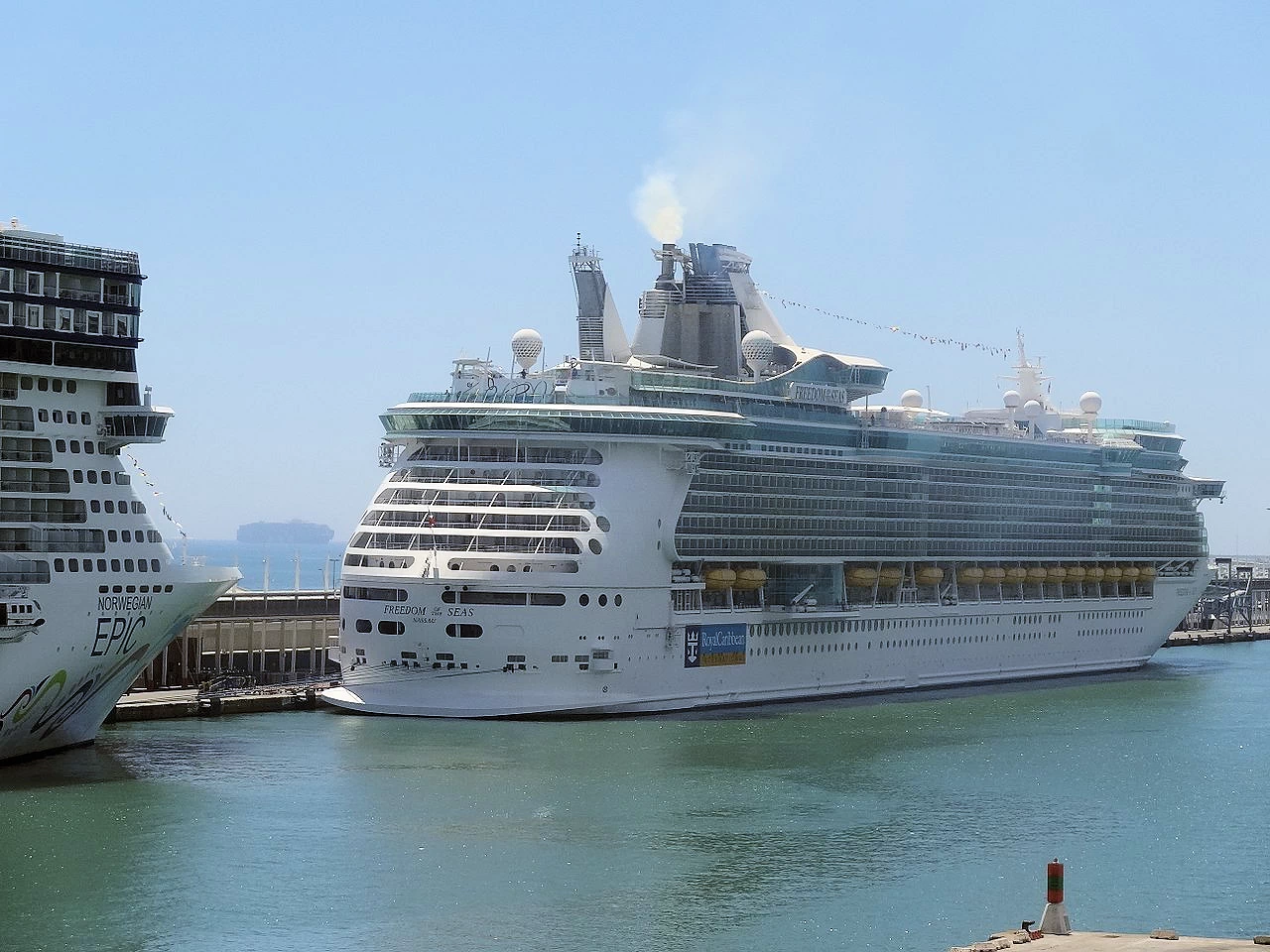
Norwegian 'Epic' Cruise Overview
Click here to read more on our Cruise Overview Page
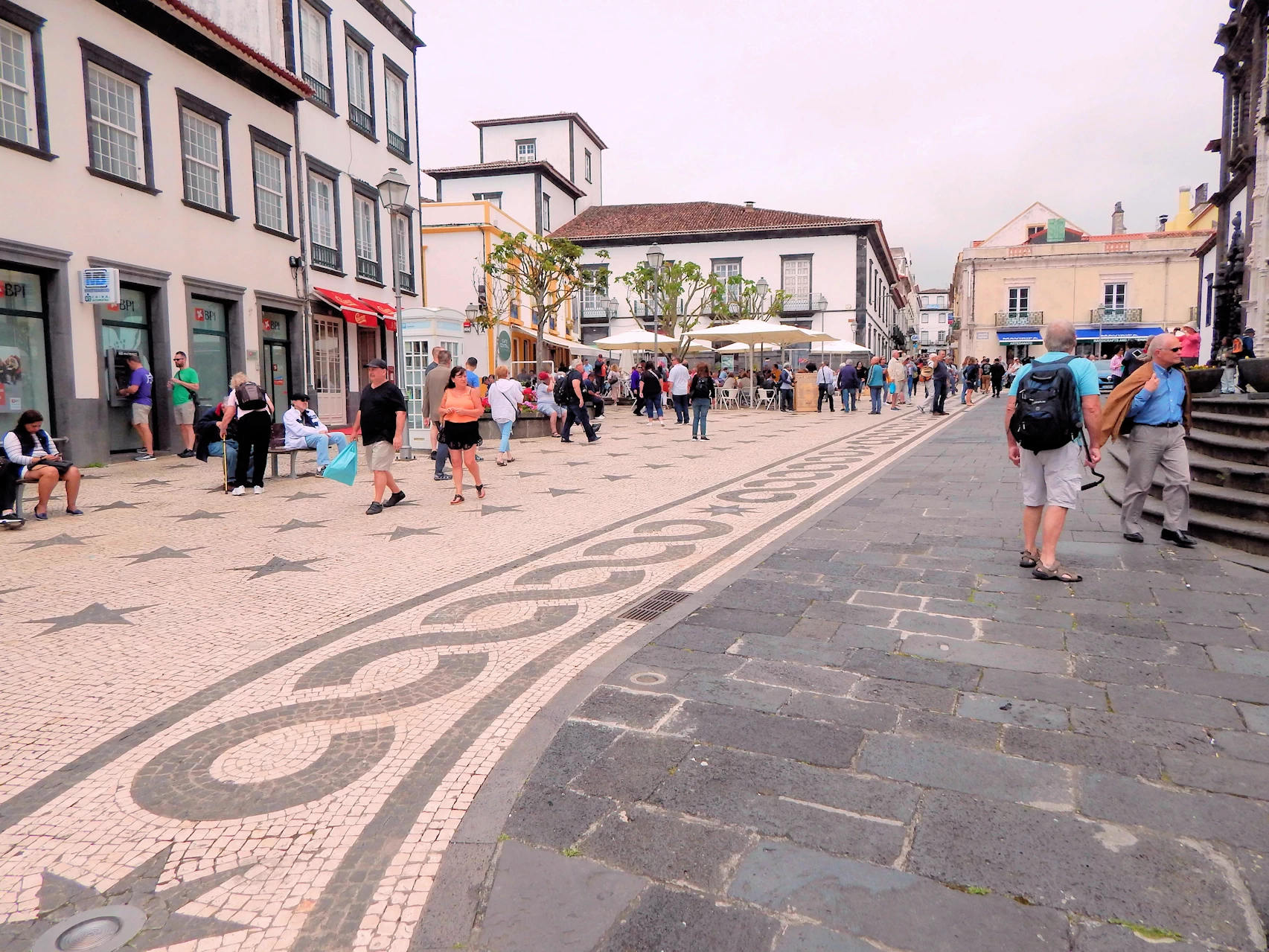
Ponta Delgada, Portugal
Click here to read more on our Ponta Delgada Page
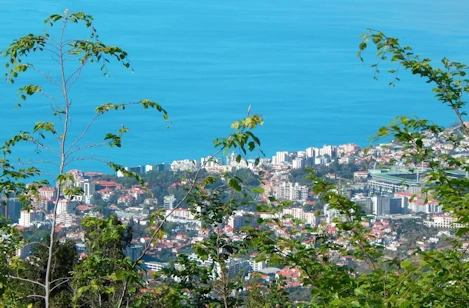
Funchal Madeira Portugal
Click here to read more on our Funchal Page
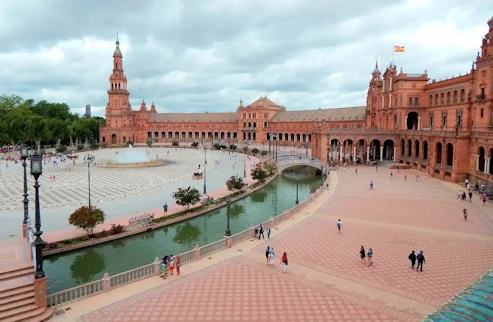
Cadiz/Seville, Spain
Click here to read more on our Cadiz/Seville Page
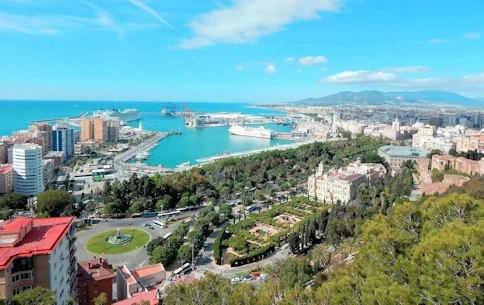
Malaga, Spain
Click here to read more on our Malaga Page
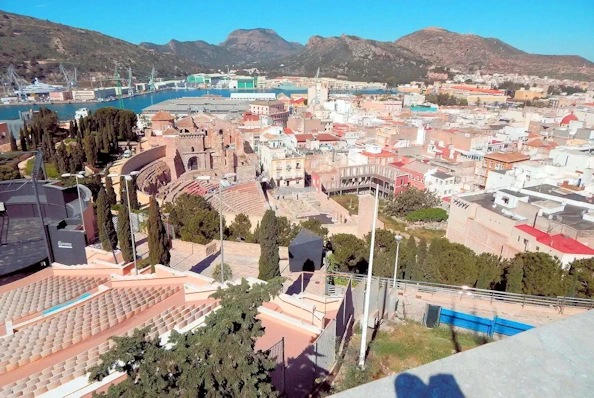
Cartagena, Spain
Click here to read more on our Cartagena Page
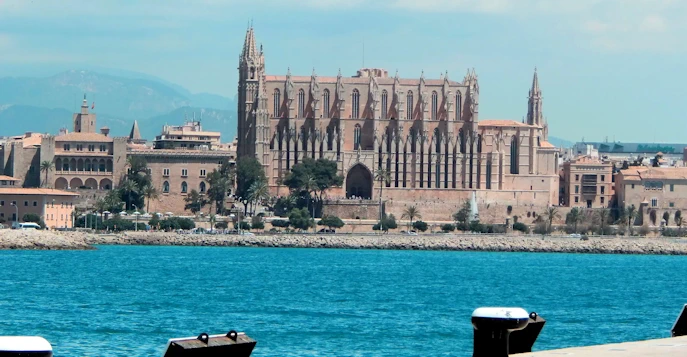
Mallorca, Spain
Click here to read more on our Mallorca Page
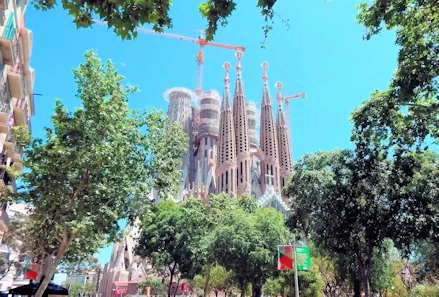
Barcelona, Spain
Click here to read more on our Barcelona Page
Note: All images featured on this page are the exclusive property of Just Traveling Thru, LLC, unless otherwise stated. When images from external sources are used, full credit is given to the original creator, along with a link to the specified license or usage terms. We are committed to respecting copyright and intellectual property rights, ensuring that all third-party images are properly attributed. If you have any questions regarding image ownership or usage rights, please feel free to contact us.
Affiliate Links: We may earn a commission if you make a purchase through one of our affiliate links. This helps support our travel content — thank you!
Content: To review any of our content, make suggestions and/or comments, please click the "About" menu link at the top of this page. You will find our "Contact Us" link on that drop-down menu.